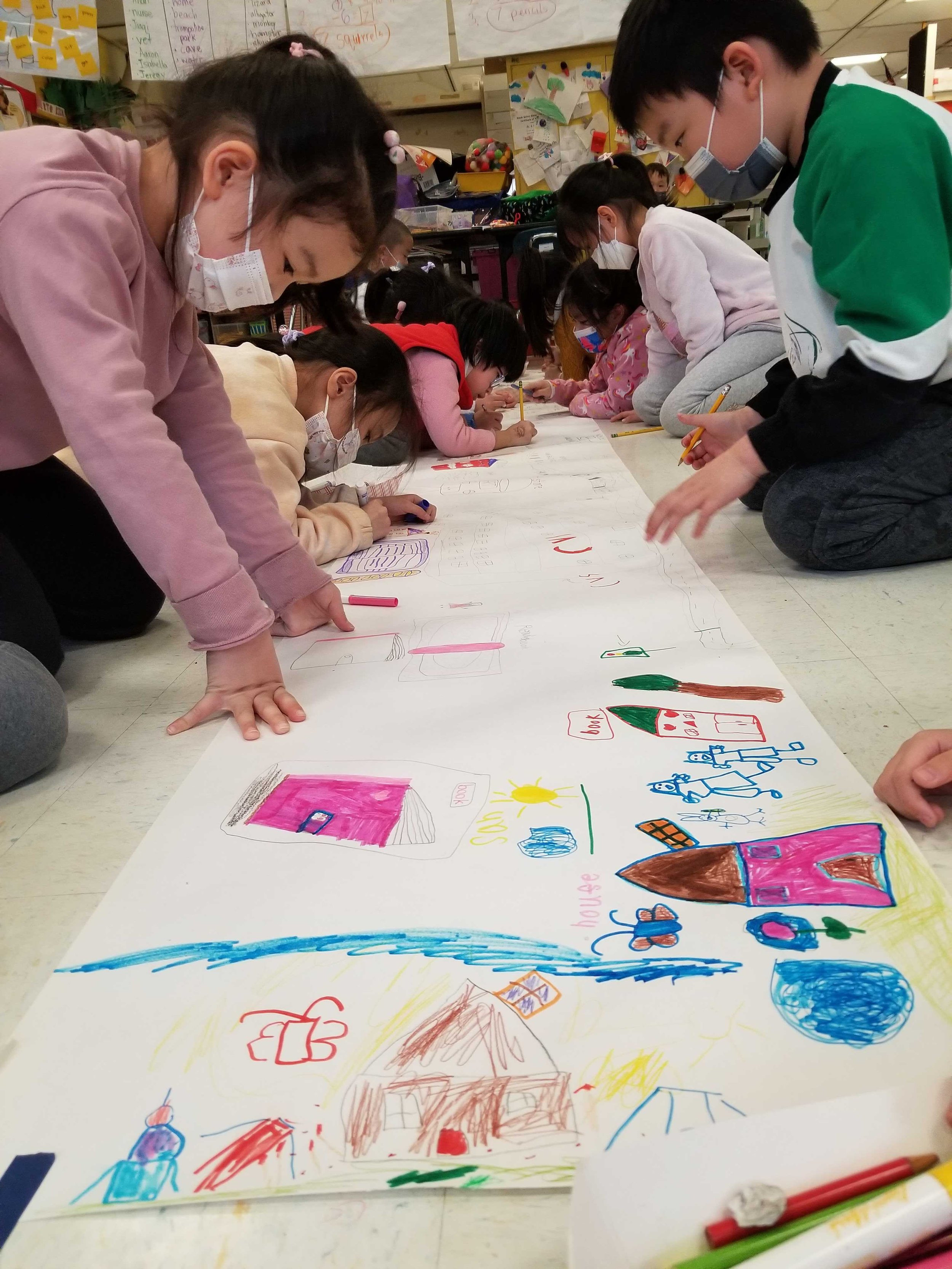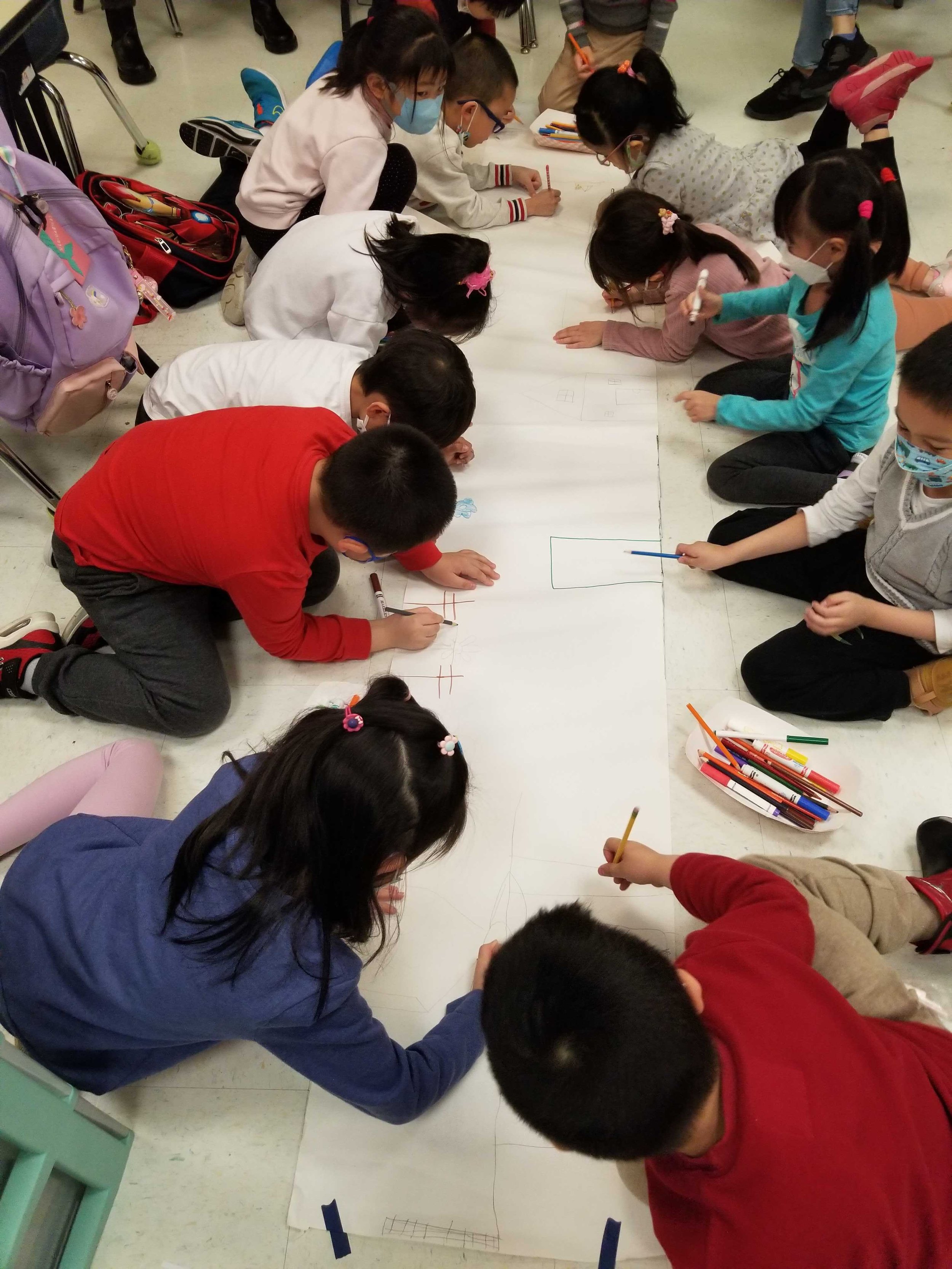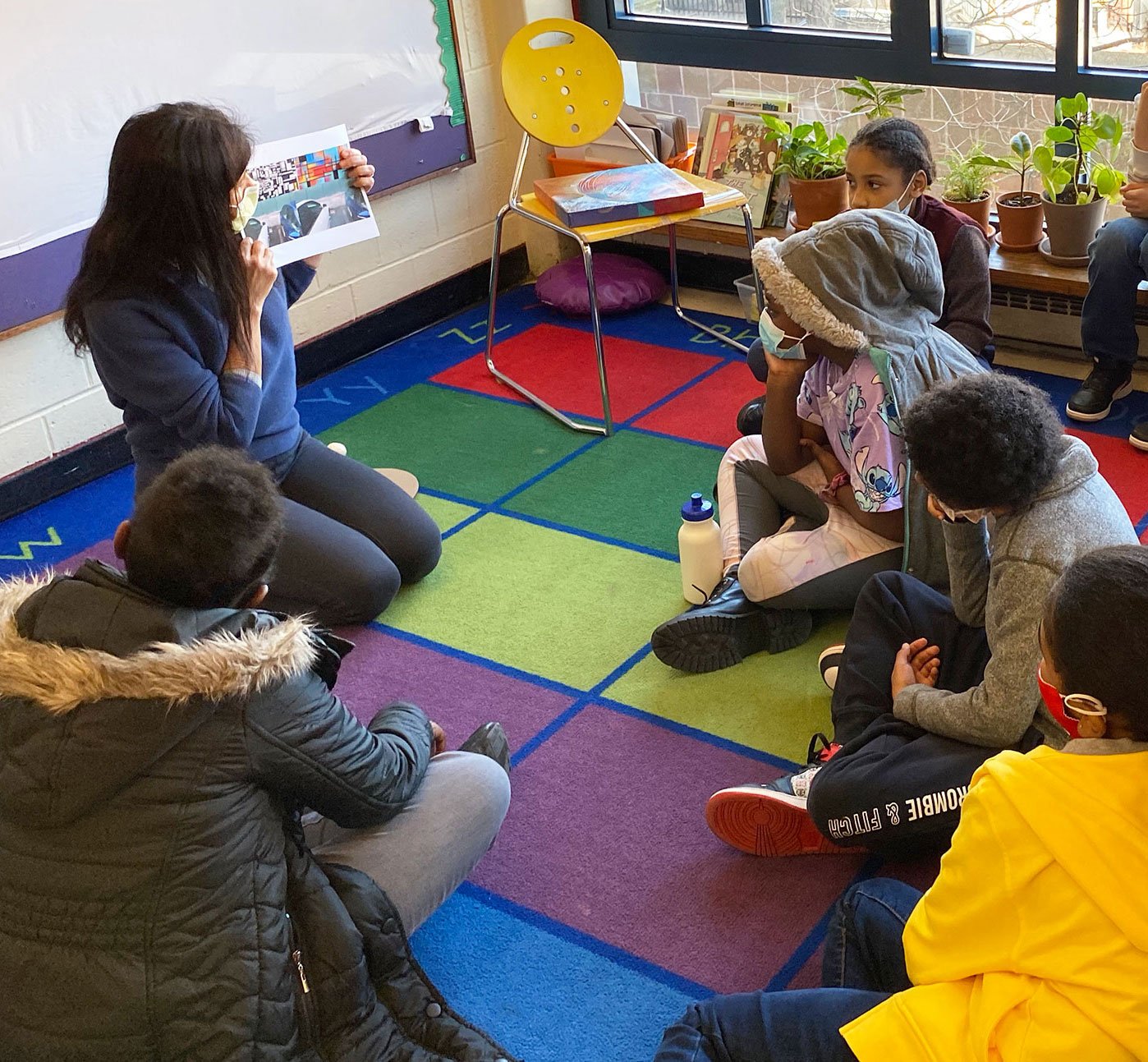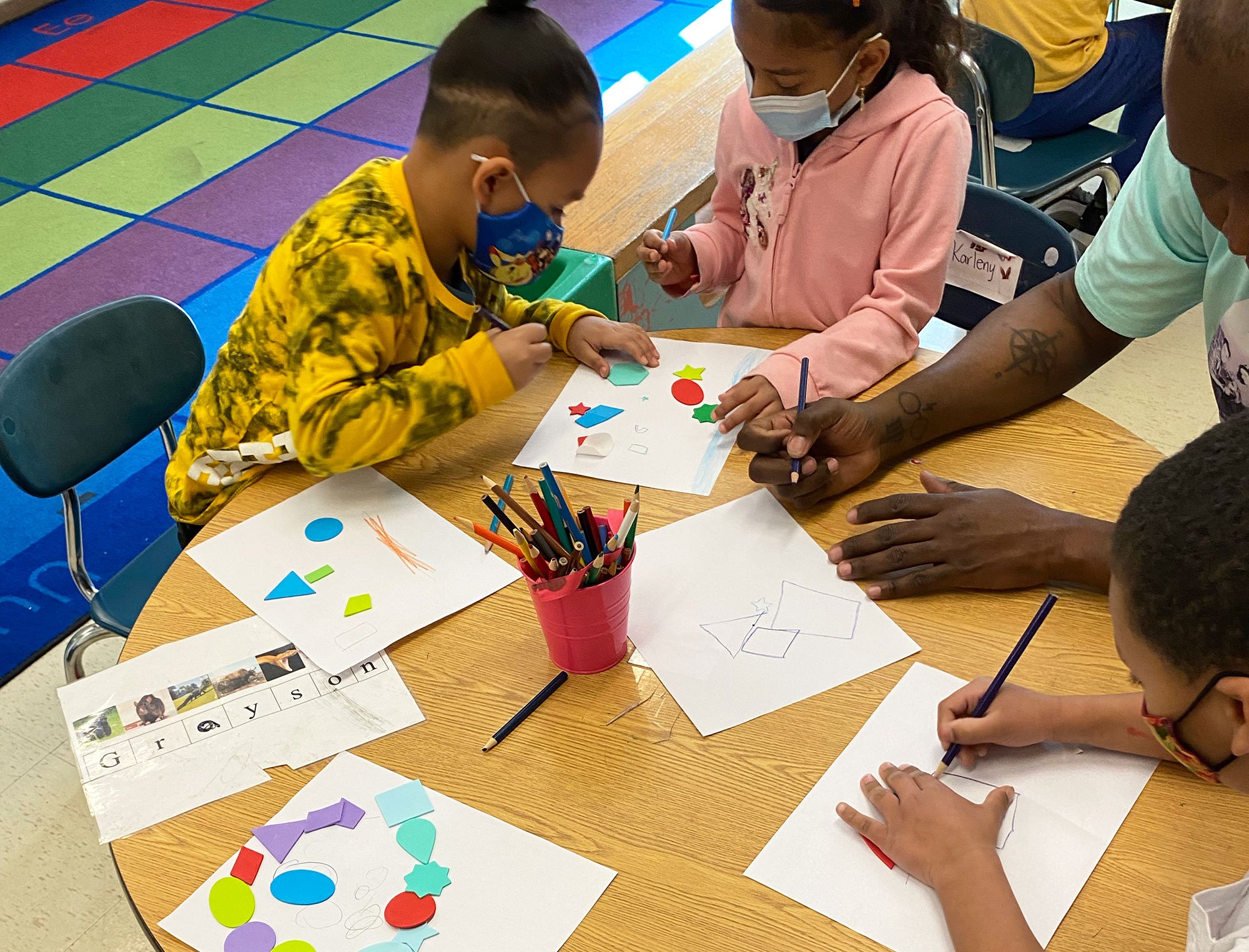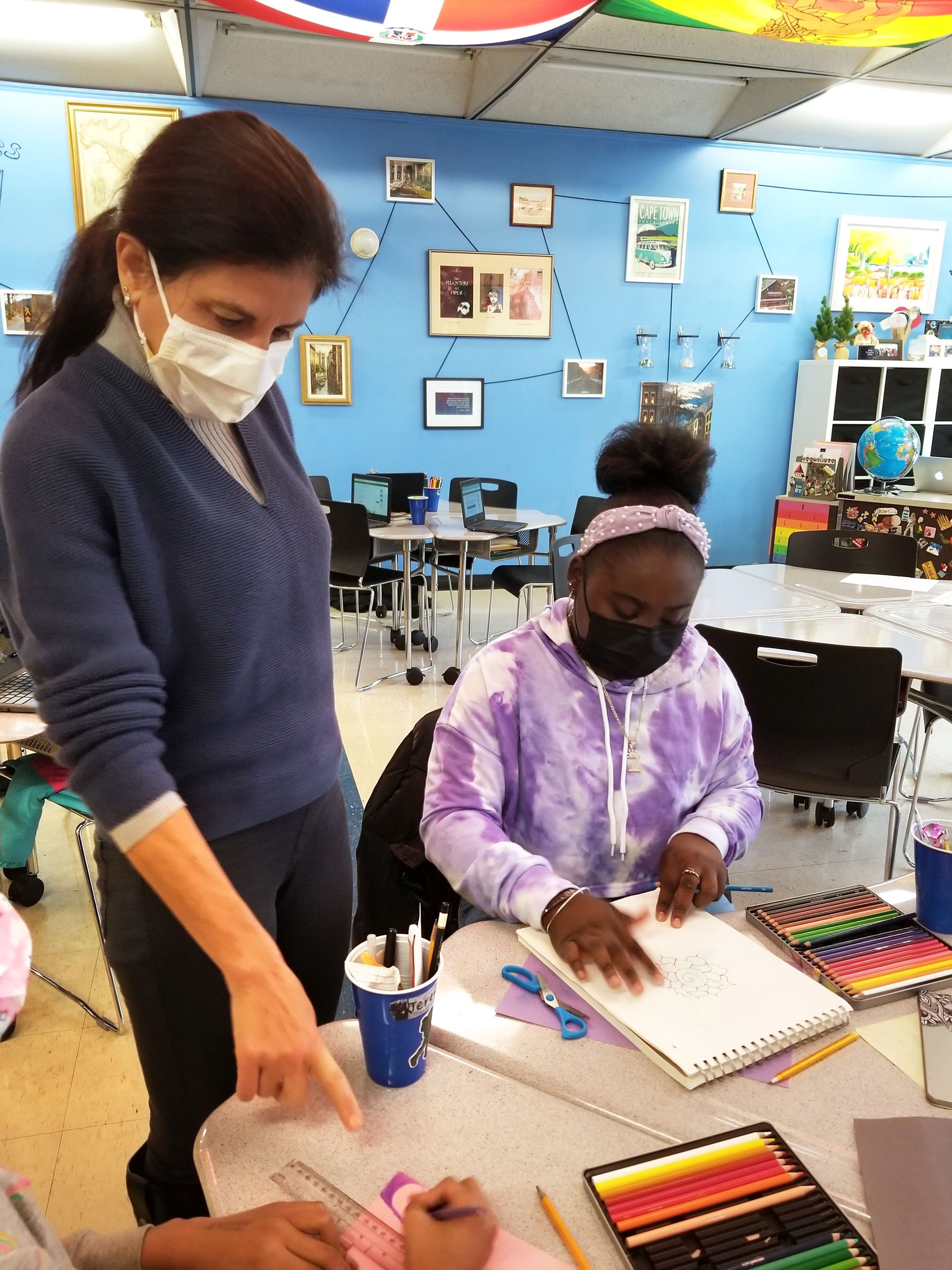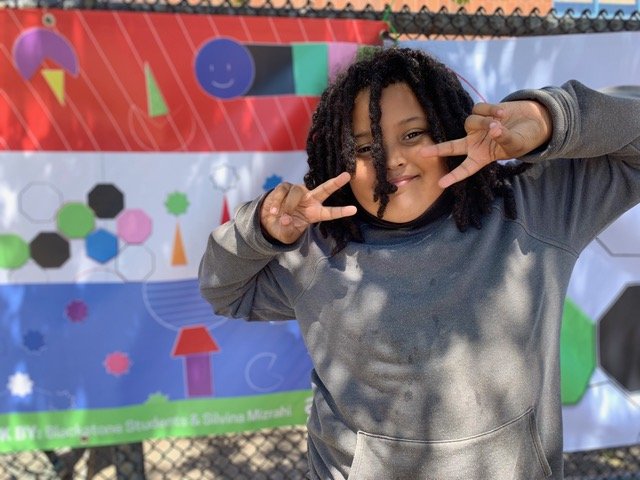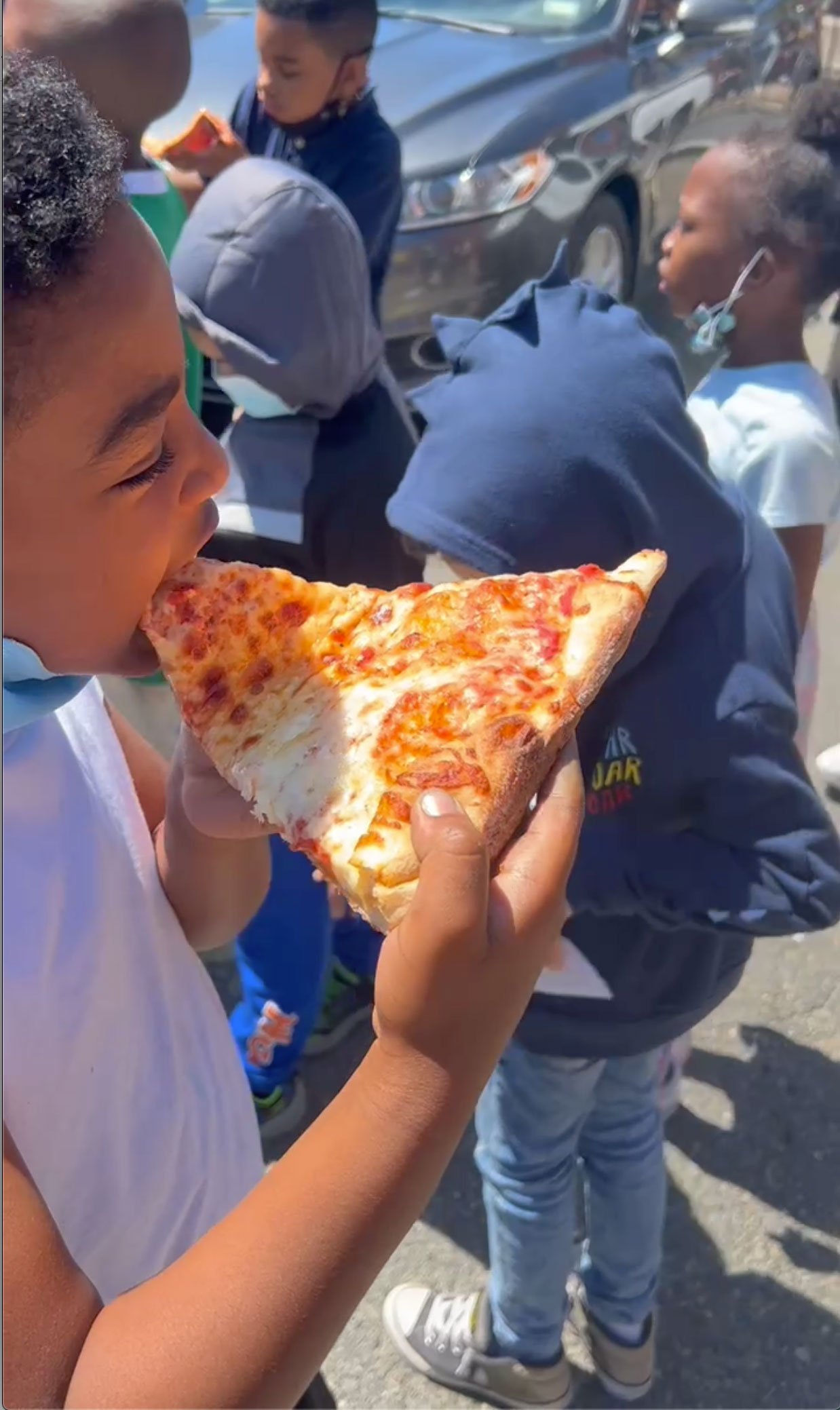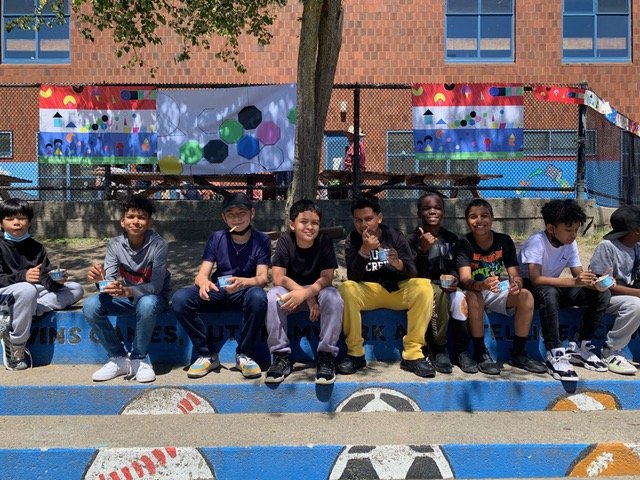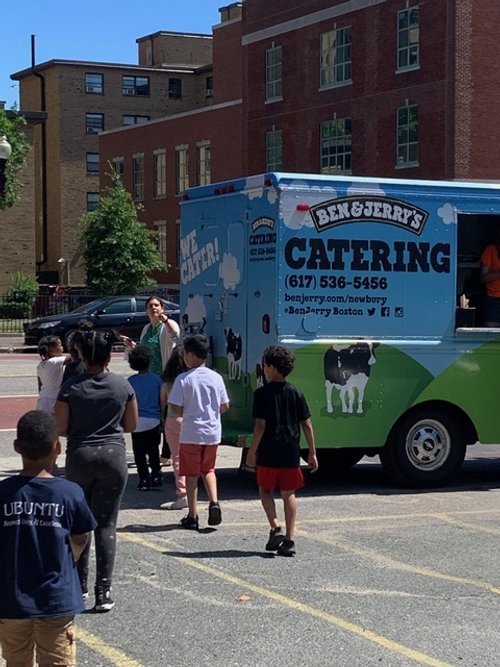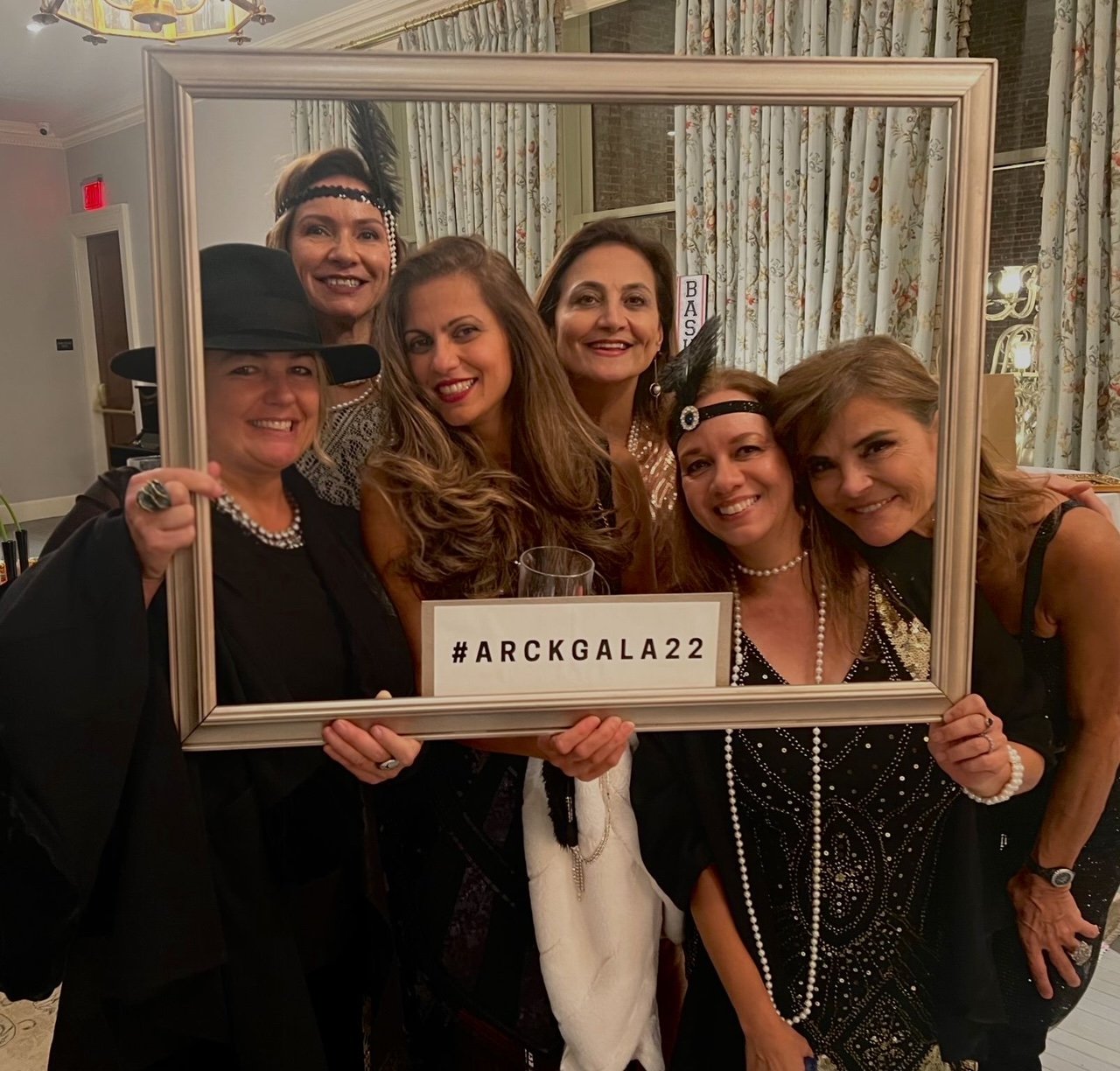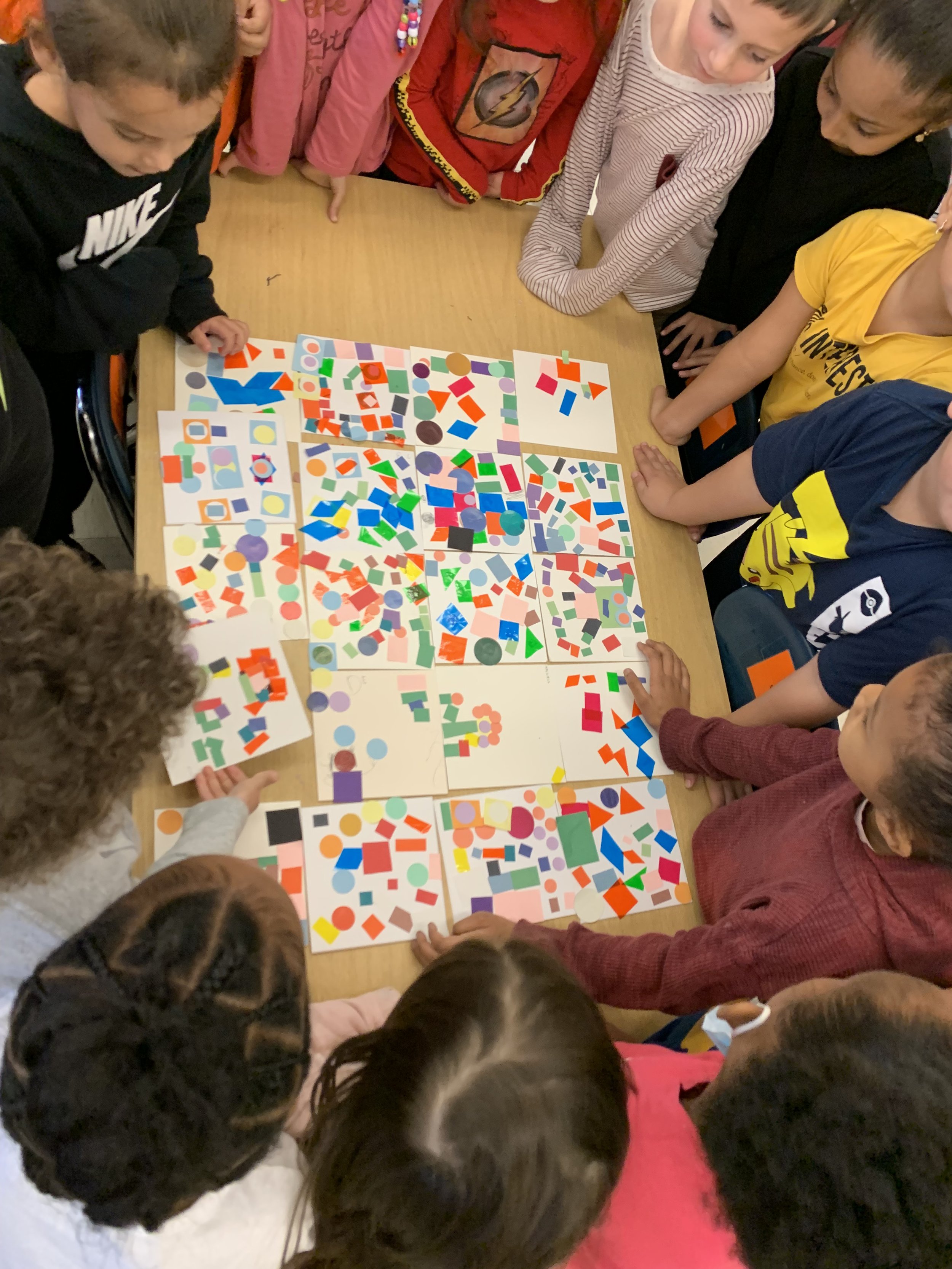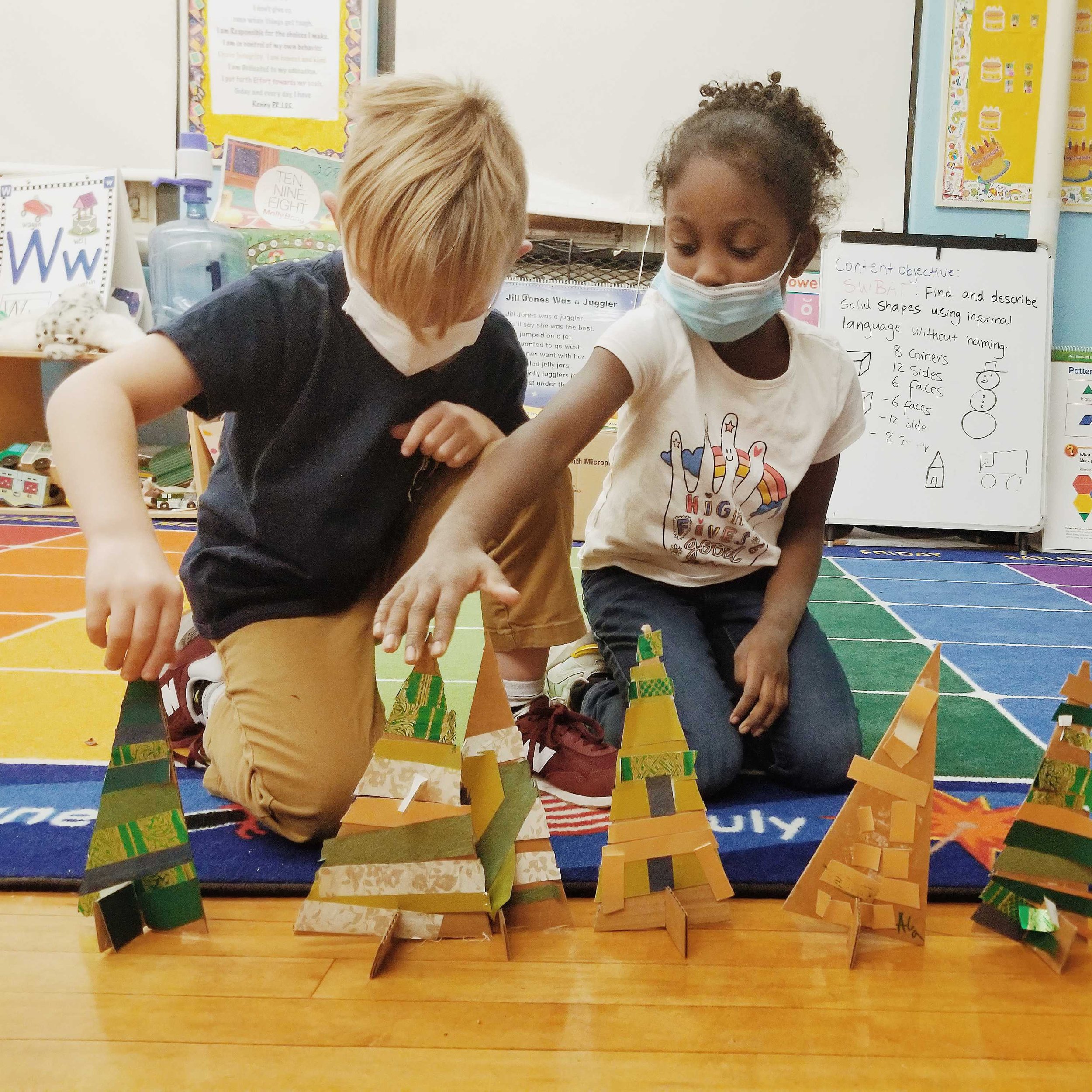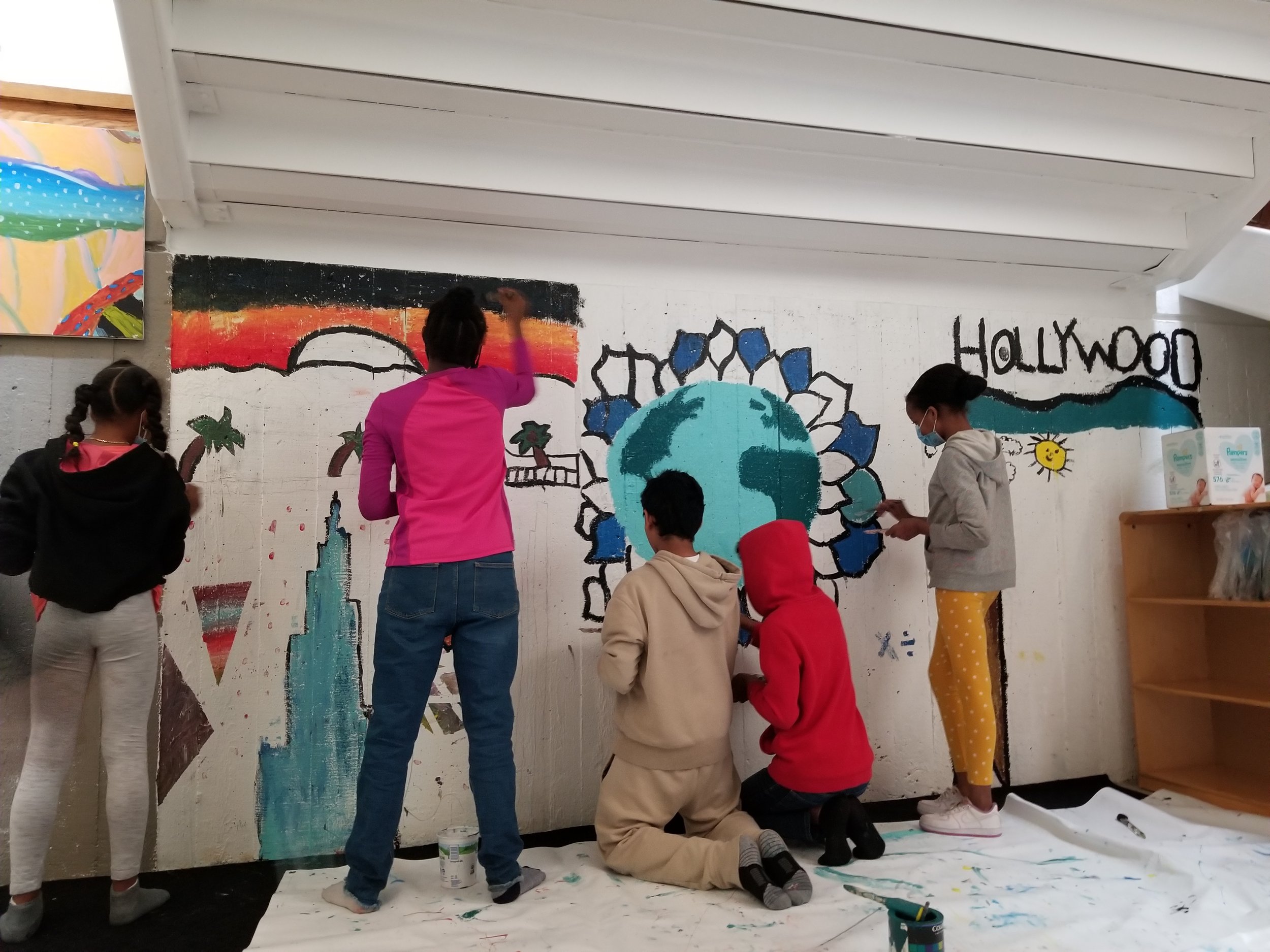After 12 years of classroom practice, ARCK can say with absolute certainty that every student has different needs. As pillars of education and community, schools have a responsibility to care for and support students in the best possible way. One such need that often goes unaddressed in many schools is the presence of trauma in children’s lives. In the US, it’s estimated that over two-thirds of children reported at least one traumatic event by the time they were 16 years old. This is an overwhelming number and highlights the importance of implementing trauma-informed teaching in schools.
What exactly is trauma-informed teaching? As educators become trauma-informed, they are able to implement strategies into the curriculum to better fit students’ needs that arise as a result of trauma. Understanding that students may have experienced traumatic events and that these things can impact behavior and learning helps educators create a safe, equitable, and supportive classroom environment.
This is especially important when you consider that schools can also be a source of trauma. Students’ diverse identities and cultural backgrounds have a significant impact on their life experiences, and a lack of representation in the curriculum can be traumatic for some. Activities that frame racism as a thing of the past while ignoring its prevalence in present times can be harmful for BIPOC (Black, Indigenous, or Person of Color) students. Additionally, separating students based on perceived academic ability or success can be traumatic for first-generation or low-income students who lack the same academic resources as their peers. And while these incidents may happen unintentionally, this makes it all the more important for teachers to proactively learn how to be trauma-informed.
“...because student success shouldn’t depend on luck (e.g., the good fortune to be assigned to a teacher with a knack for meeting mental health needs), the entire faculty should learn some essential skills in this area. We all need to know how to interact positively and effectively with struggling students so they can feel safe and connected to their classrooms and schools.”
Dr. Jessica Minahan, Behavior Analyst and Special Educator
So, what are some ways that teachers can implement trauma-informed methods? Well, for starters, shifting their mindset makes a huge difference. When students express difficulties in the classroom, it can be helpful to ask yourself, “What may have happened to them, and how have they learned to adapt?” This reframes the situation and allows teachers to understand where the behavior may be originating from and what actions to take to best support the student. More broadly, this support should also manifest as a strong relationship between the student and teacher. Finding structure and compassion in an adult figure at school can help trauma-exposed students build trust and security.
One tool that can be useful in the classroom is a mood meter, providing students with words, colors, or illustrations that help identify their complex emotions. This also allows the teacher to gauge the collective emotional climate of the classroom.
A mood meter chart, like the one above, can increase literacy. For non-native and native English speakers alike, this tool, can be used to expand vocabulary and give students insight into the nuance of feelings. Teachers could ask students to write a sentence using a word that expresses their current mood and build on that with a creative activity where students act out a short story with other words from the chart that relate to their mood.
Student-teacher interactions also have an impact on student success and classroom dynamics. Emotionally-supportive teachers have been shown to increase positive peer-to-peer relationships, and when given more autonomy in the classroom, students are able to engage deeper and develop strong interpersonal skills. Building relationships with students and respecting them as complex individuals who experience difficult emotions just as adults do, supports them in all aspects of their life. Interaction strategies such as nonverbal and verbal relationship-building, use of humor, de-escalating responses, and gentle communication are valuable tools for teachers, and are ways of providing accommodations for the needs of every student.
We have compiled a few key points to incorporate trauma-informed teaching below.
Work on building strong relationships between child and caregiver.
Provide students with tools to self-regulate and to feel safe and connected to their classrooms and schools.
When students act out, teachers should ask themselves: “What happened to them and how did they learn to adapt?”
Provide students with developmentally-appropriate opportunities to exercise autonomy in their day-to-day activities.
Model healthy emotional skills, relationships, responses to conflict, and motivation,. Students will emulate trusted adults.
Consider multiple forms of accommodations: nonverbal/verbal interactions, tone of voice, proximity, humor, de-escalating responses, and gentle constructive feedback.
By Isabella Chung





